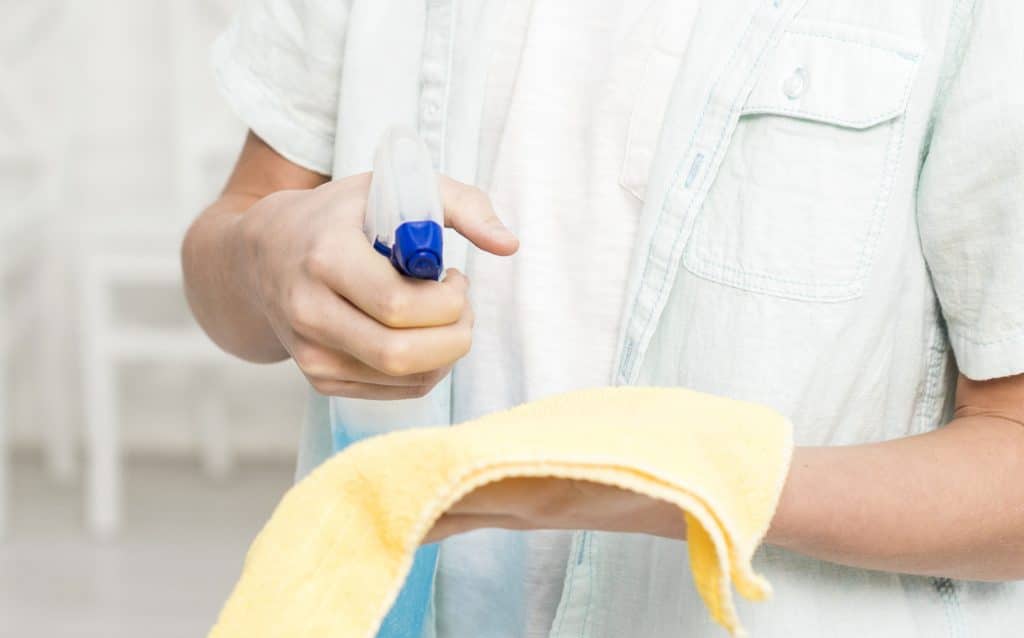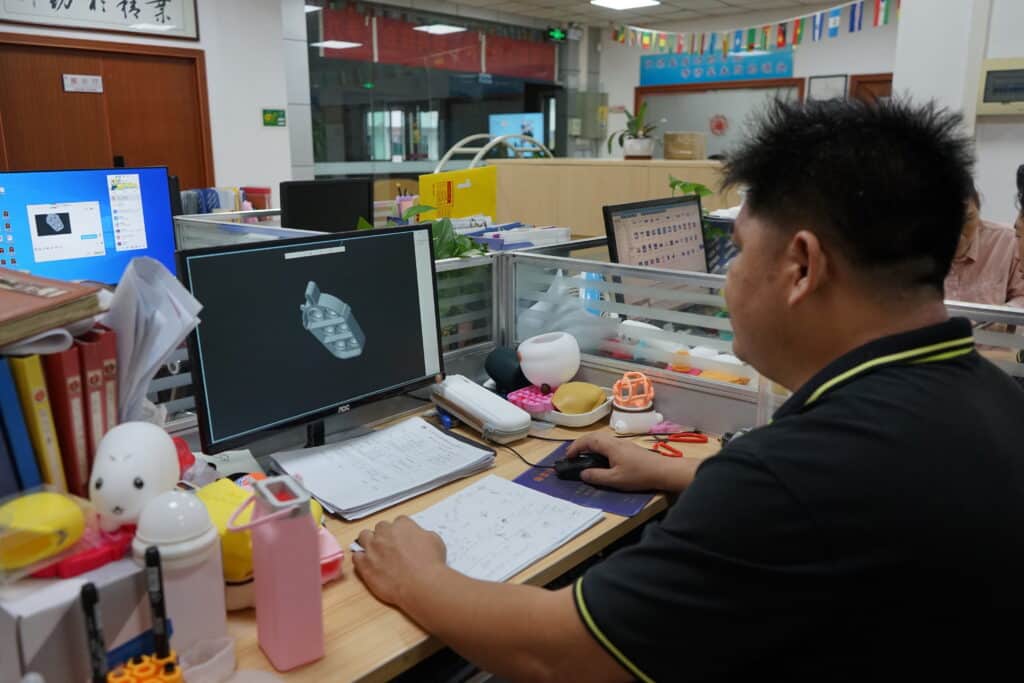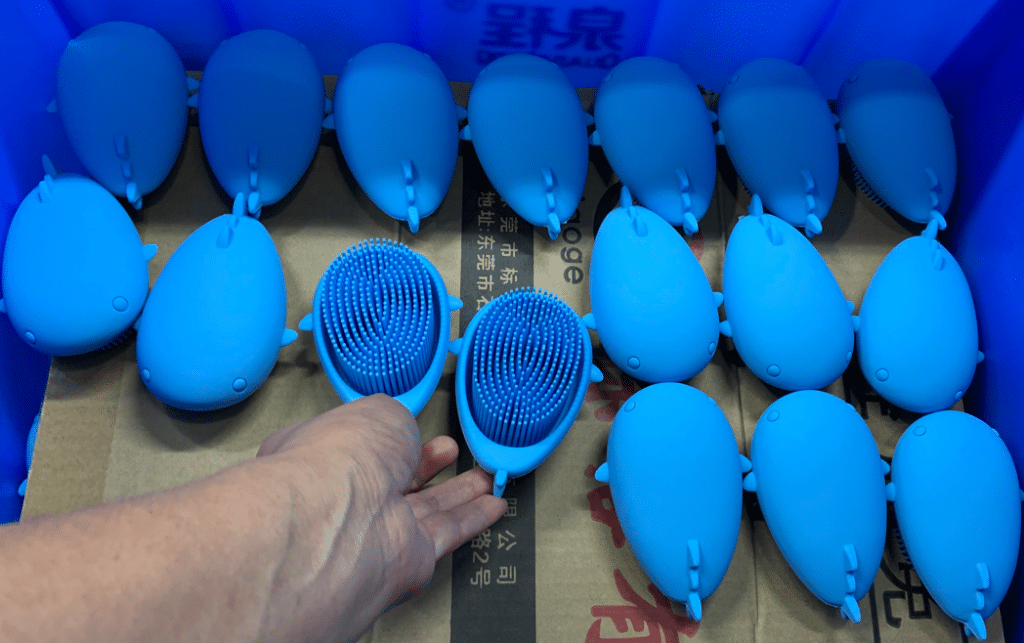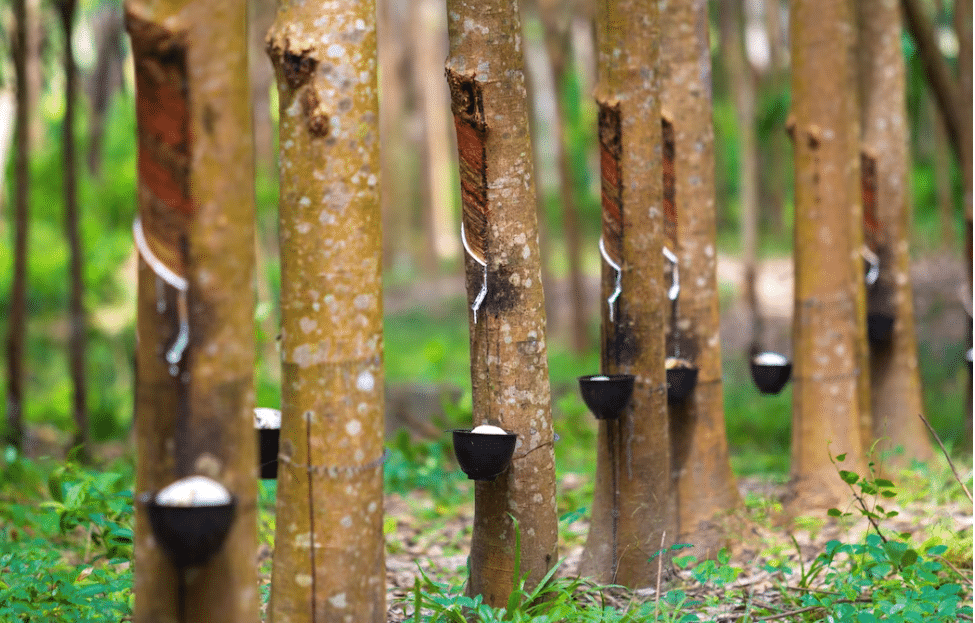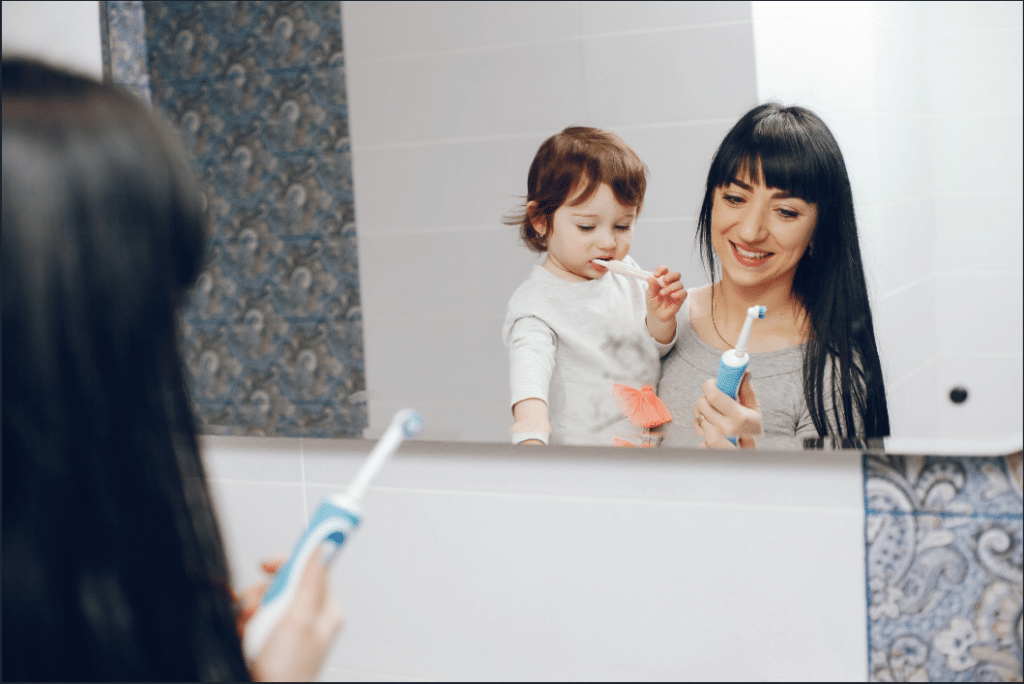How Do I Clean and Care for Silicone Baby Brush?
Keeping your baby’s grooming tools clean is essential for maintaining their health and hygiene. One popular option for baby grooming is a silicone baby brush, which offers several benefits, such as being gentle on your baby’s delicate skin, easy to clean, and resistant to bacterial growth. In this guide, we’ll discuss the importance of cleaning and caring for a silicone baby brush, providing you with a step-by-step process to ensure that your baby’s grooming routine remains safe and hygienic.
Cleaning Silicone Baby Brush
Before diving into the cleaning process, it’s crucial to prepare the brush by removing any loose hair or debris. Now, follow these simple steps to clean your silicone baby brush effectively:
- Rinsing with warm water: Begin by running the brush under warm water to help loosen any dirt, grime, or dried products that may be stuck to the bristles.
- Using mild soap or baby-safe detergent: Apply a small amount of mild soap or baby-safe detergent to the bristles. It’s essential to use a gentle cleaning product to prevent any irritation to your baby’s sensitive skin.
- Gently scrubbing the bristles: Use your fingers or a soft cloth to gently massage the soap or detergent into the bristles, working it in circular motions to reach every part of the brush.
- Rinsing off the soap: Thoroughly rinse the brush under warm water to remove all the soap or detergent, ensuring that no residue remains on the bristles.
- Drying the brush: Gently shake off any excess water from the brush and then allow it to air dry. Place the brush bristle-side down on a clean towel or drying rack to ensure proper drying and prevent the growth of mold or bacteria.
Other Blog About Silicone Product Sterilizing/Cleaning
-

Pacifiers: Natural Rubber Latex vs Silicone
Pacifiers: Natural Rubber Latex vs Silicone A pacifier is a silicone product similar to a mother’s nipple, which is mainly used to calm the baby’s emotions. It can provide sucking while your baby is crying or sleeping to help calm your baby and satisfy its non-nutritive sucking needs. It not only soothes your baby’s mood,…
-
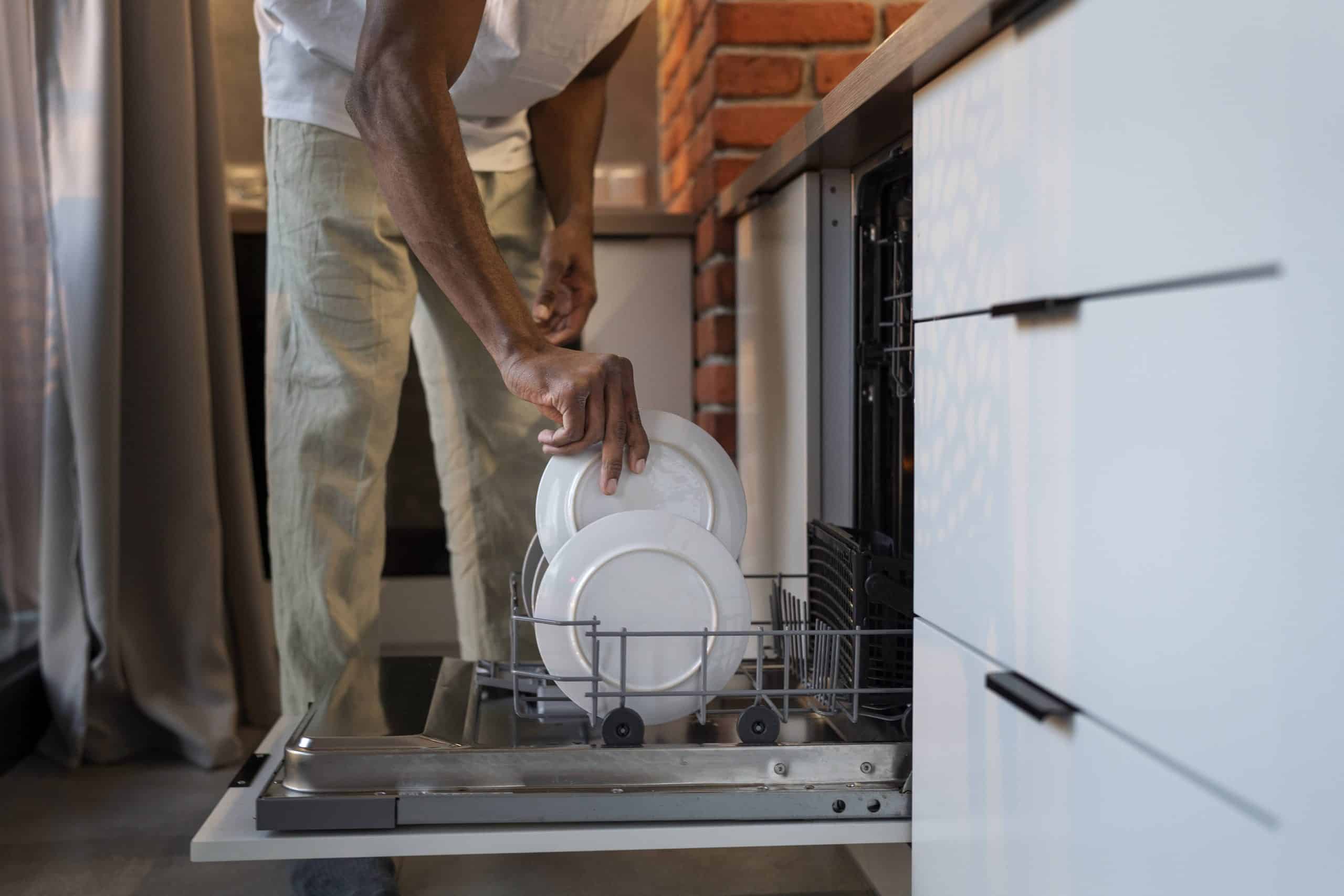
Embrace the Convenience of Dishwasher-Safe Silicone Pacifiers
Embrace the Convenience of Dishwasher-Safe Silicone Pacifiers When it comes to pacifiers, parents seek convenience without compromising their baby’s safety and well-being. Dishwasher-safe silicone pacifiers offer a practical solution, combining the benefits of silicone pacifiers with the ease of cleaning through dishwasher cycles. In this article, we will explore the advantages of dishwasher-safe silicone pacifiers,…
-

Choosing the Right Size Silicone Pacifier For Your Baby
Choosing the right size silicone pacifier is essential for your baby’s comfort, oral development, and overall well-being. In this guide, we will explore the key features and benefits of silicone pacifiers and provide you with practical tips for selecting the appropriate size. Understanding Silicone Pacifiers: Key Features and Benefits Silicone Pacifiers: A Safe and Hygienic…
-
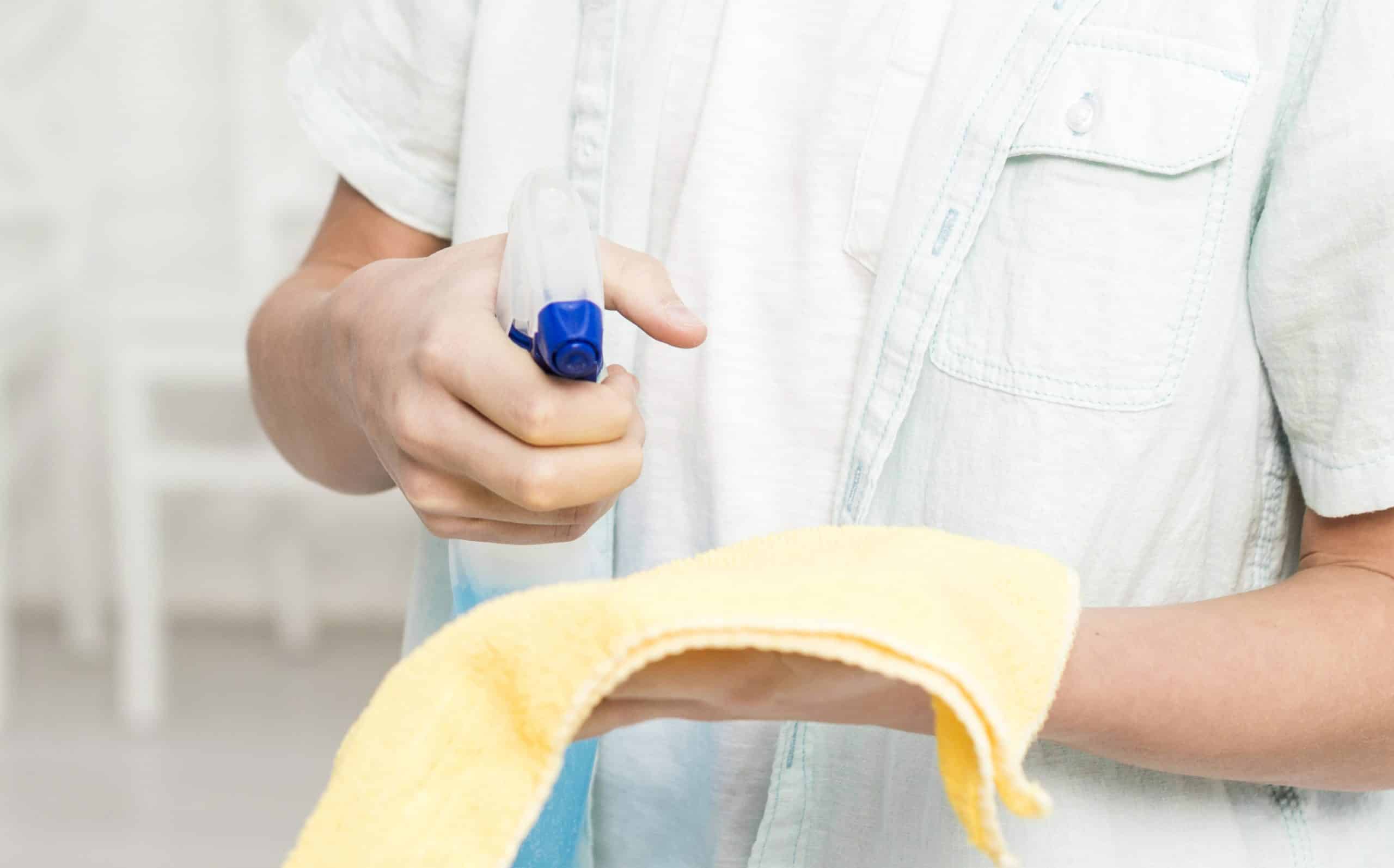
How Do I Clean and Care for Silicone Baby Brush?
How Do I Clean and Care for Silicone Baby Brush? Keeping your baby’s grooming tools clean is essential for maintaining their health and hygiene. One popular option for baby grooming is a silicone baby brush, which offers several benefits, such as being gentle on your baby’s delicate skin, easy to clean, and resistant to bacterial…
-
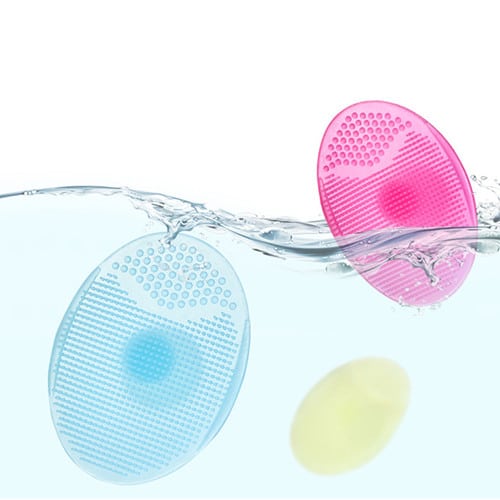
How to Sterilize Silicone Products?
How to sterilize silicone products? Yes, you can sterilize silicone products. Cleaning silicone product is an easy process requiring minimal cleaners. Keeping your baby’s items clean and germ-free is crucial for maintaining their overall health and well-being. One of the questions many parents have is whether silicone baby products can be sterilized to ensure optimal…
-
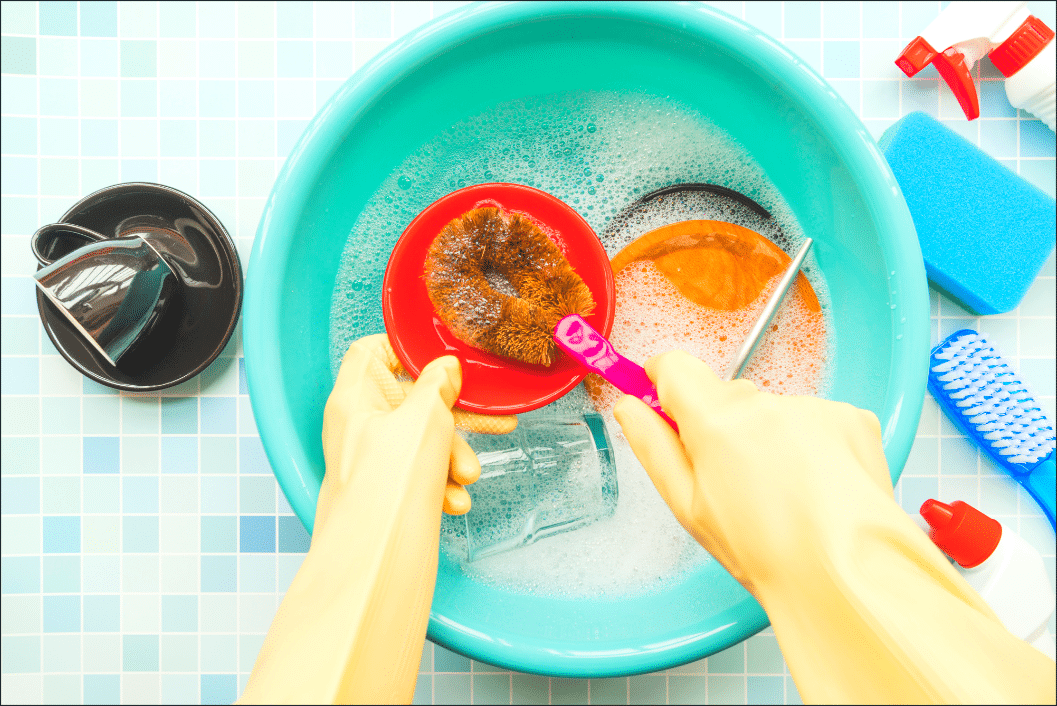
How to Clean Silicone Cups Properly: A Comprehensive Guide
How to Clean Silicone Cups Properly: A Comprehensive Guide Silicone cups have become increasingly popular in recent years due to their durability, flexibility, and eco-friendliness. They’re a great alternative to disposable plastic cups and are perfect for both hot and cold drinks. However, if you’re a proud owner of silicone cups, it’s important to learn…
Tips for Effective Cleaning
To keep your silicone baby brush in optimal condition, follow these tips to ensure effective cleaning and care:
- Regular cleaning schedule: Clean your baby’s brush at least once a week, or more frequently if your baby has skin issues or you’re using the brush with hair products. Regular cleaning helps maintain the brush’s cleanliness and prevent the buildup of bacteria or dirt.
- Using the right cleaning products: Always use mild, baby-safe cleaning products, as harsh chemicals can potentially damage the silicone material or cause irritation to your baby’s skin. If you’re unsure about a particular product, check the label for any warnings or consult with your pediatrician for recommendations.
- Proper storage of the brush: Store the brush in a clean, dry, and well-ventilated area when not in use to prevent the growth of mold or bacteria. Avoid exposing the brush to direct sunlight or extreme temperatures, as this may cause the silicone material to deteriorate over time.
By following these tips, you can ensure the longevity of your silicone baby brush while maintaining a safe and hygienic grooming routine for your little one.
Common Questions and Answers
In this section, we’ll address some frequently asked questions about cleaning and caring for a silicone baby brush:
Conclusion
Proper cleaning and care for your silicone baby brush are essential to maintaining a safe and hygienic grooming routine for your little one. By following the step-by-step cleaning process and the tips provided in this guide, you can ensure that your baby’s brush stays clean and in optimal condition.
Additionally, addressing common questions and concerns can help you better understand how to care for your silicone baby brush, prolonging its life and providing a gentle and effective grooming experience for your baby. So, keep your baby’s brush clean, and enjoy the precious moments spent grooming your little one.

